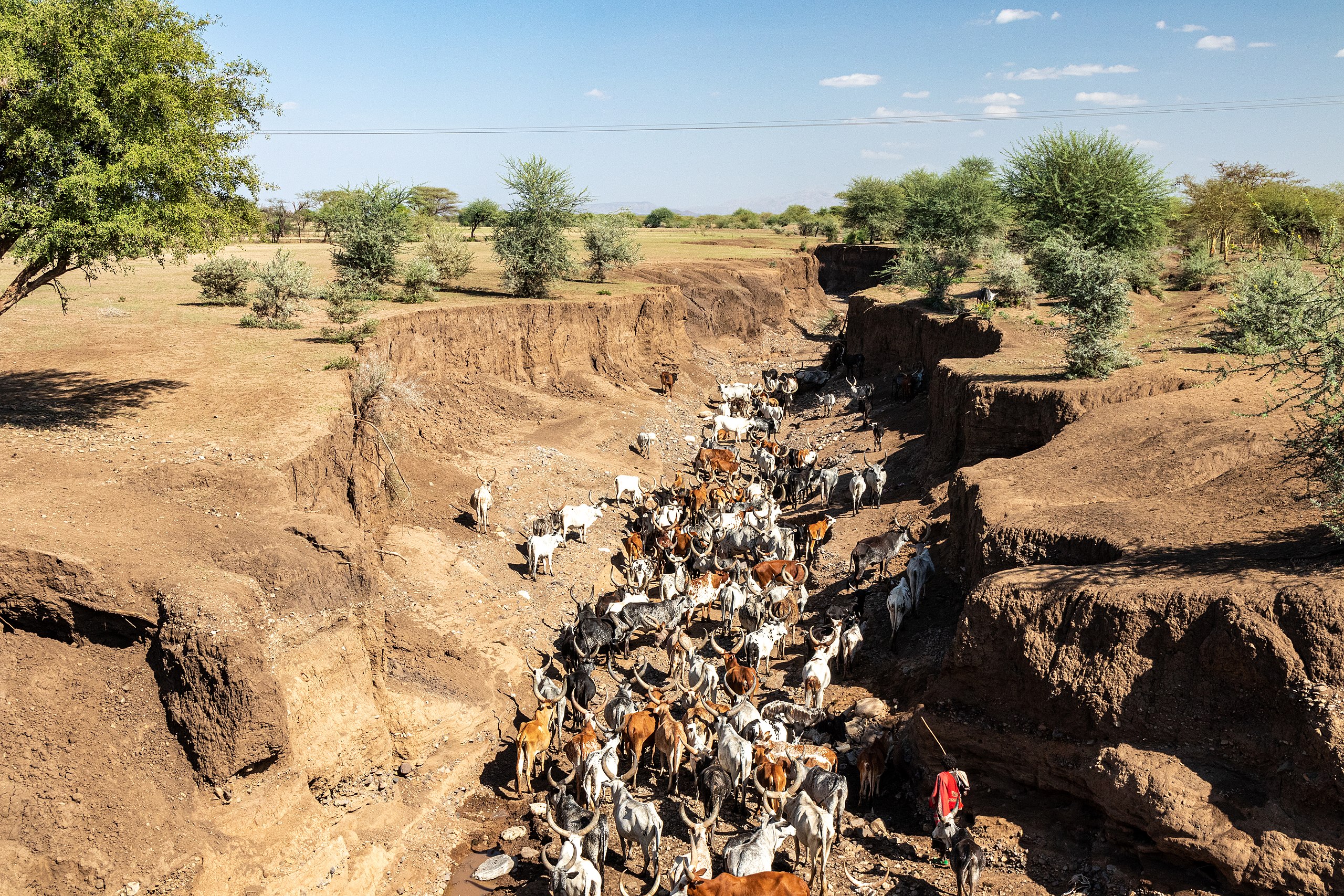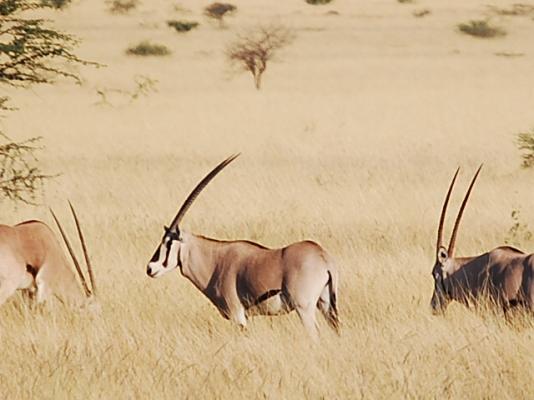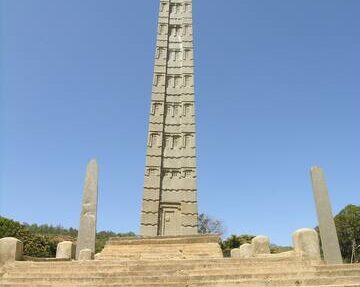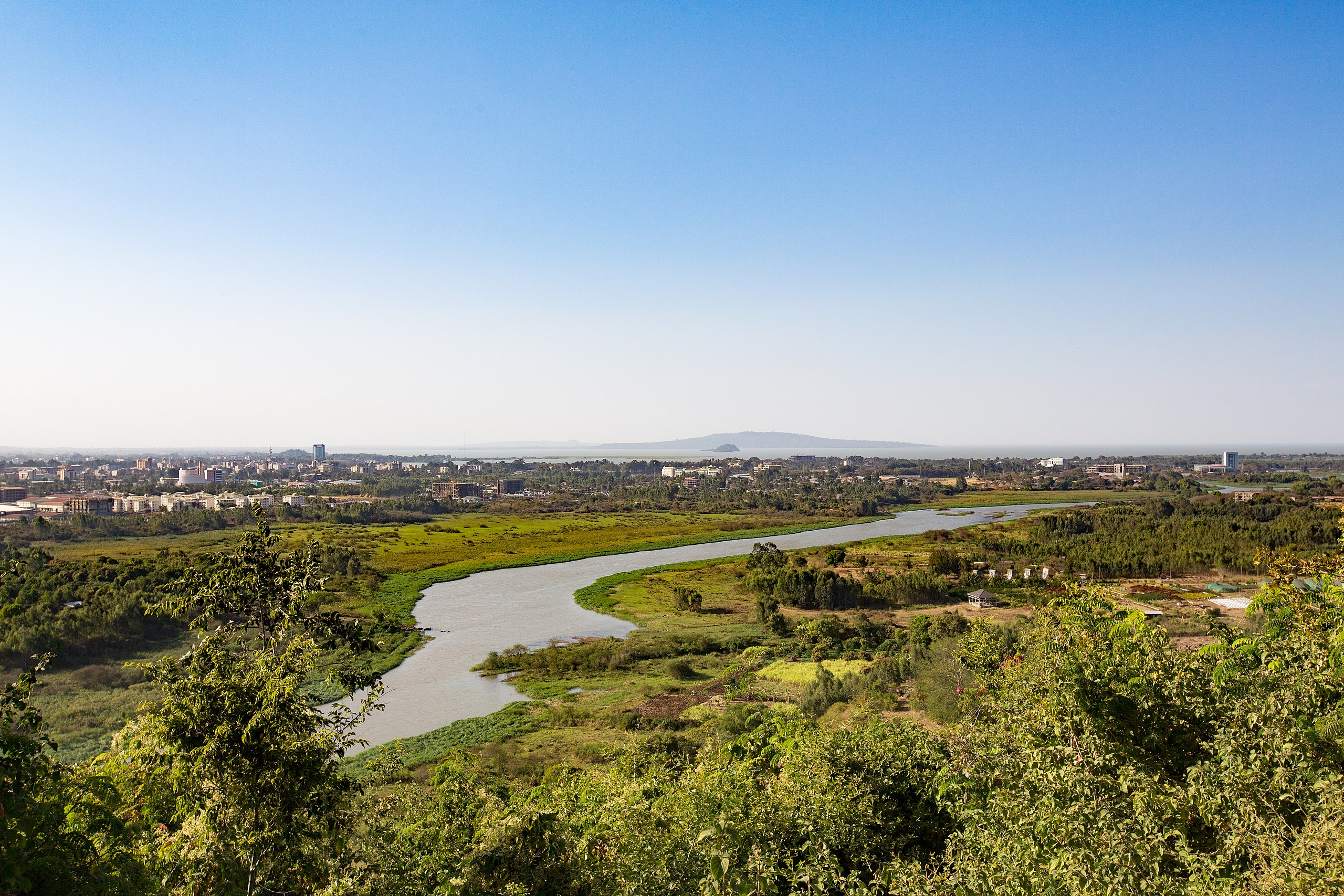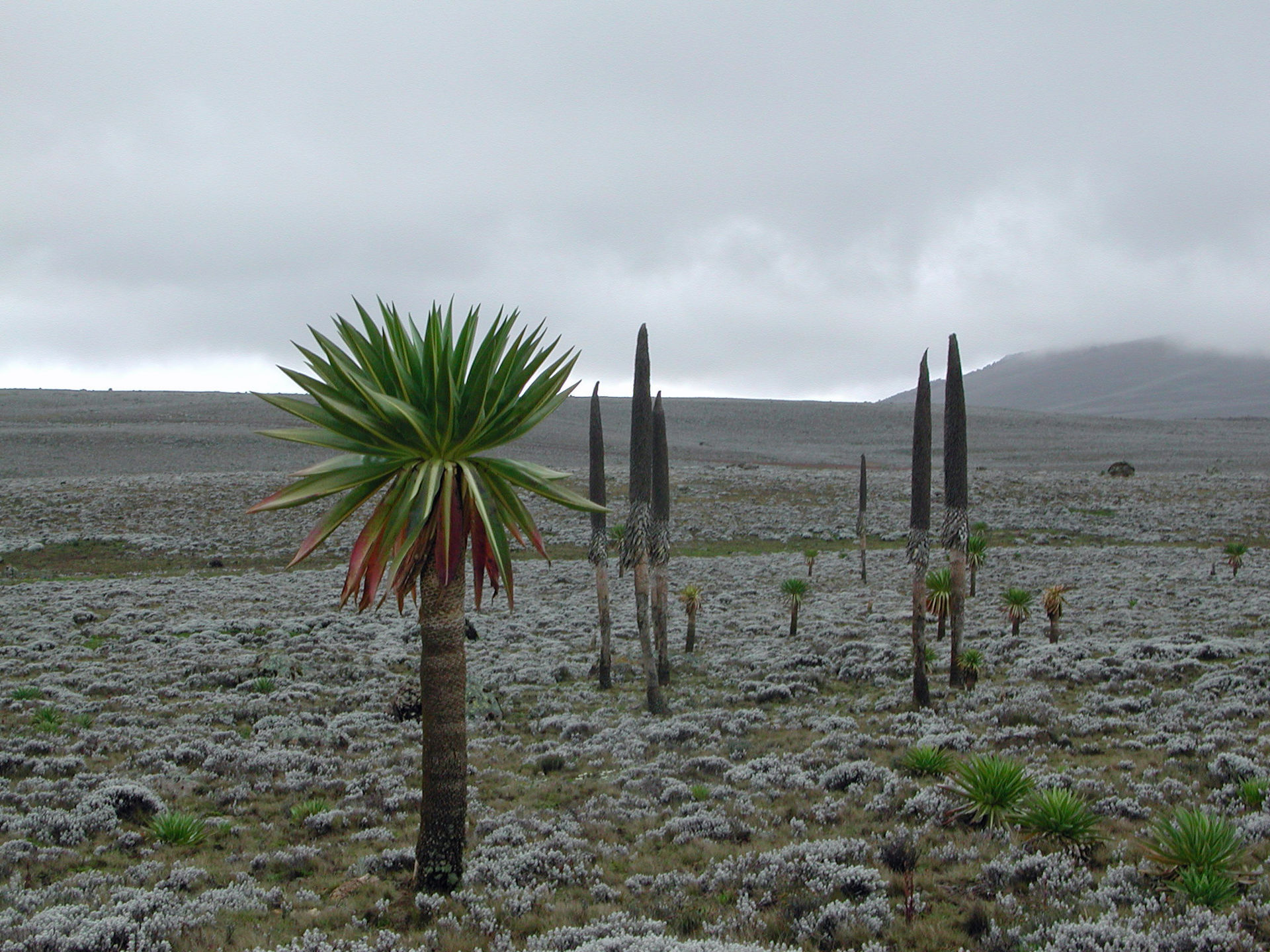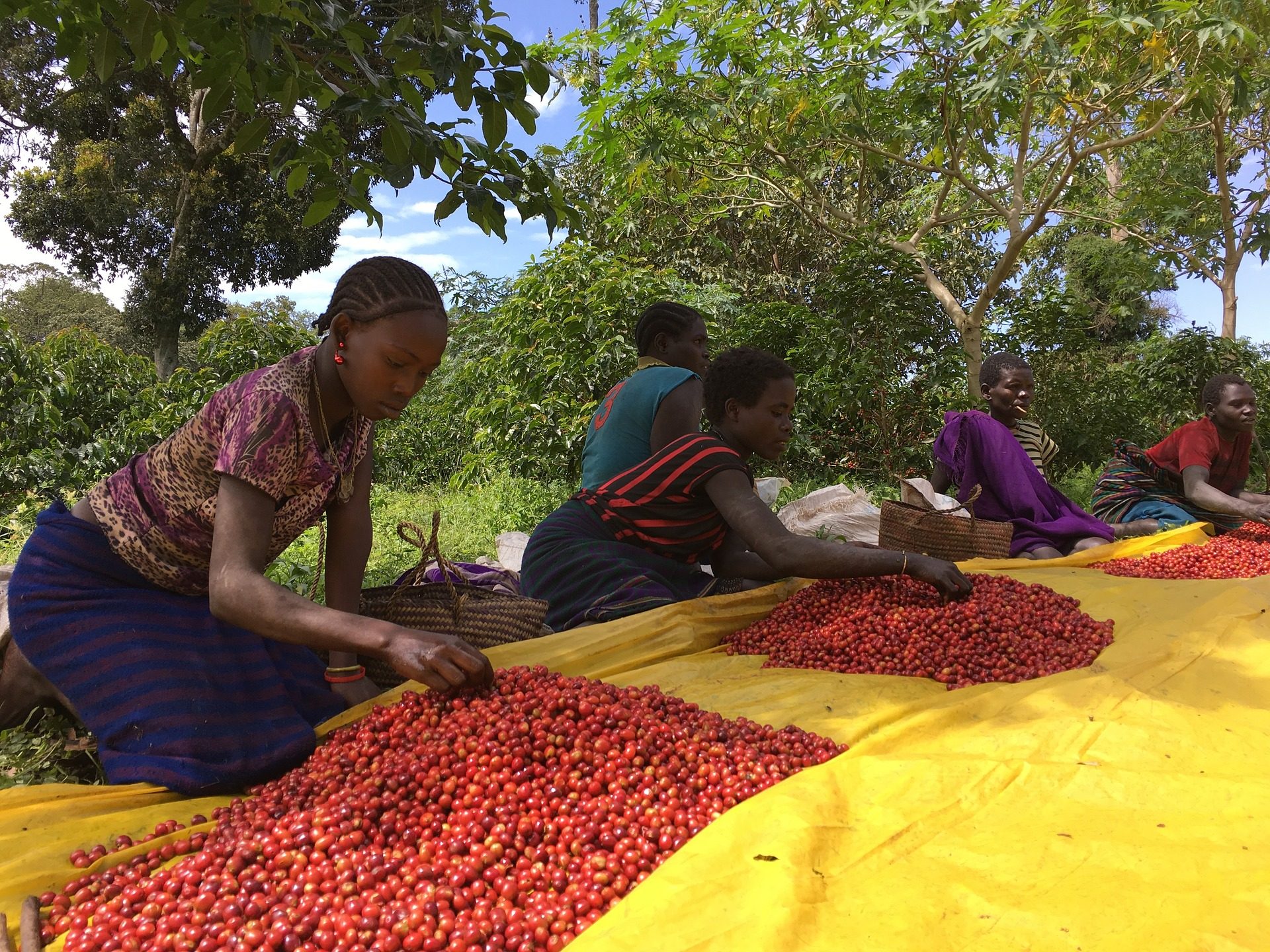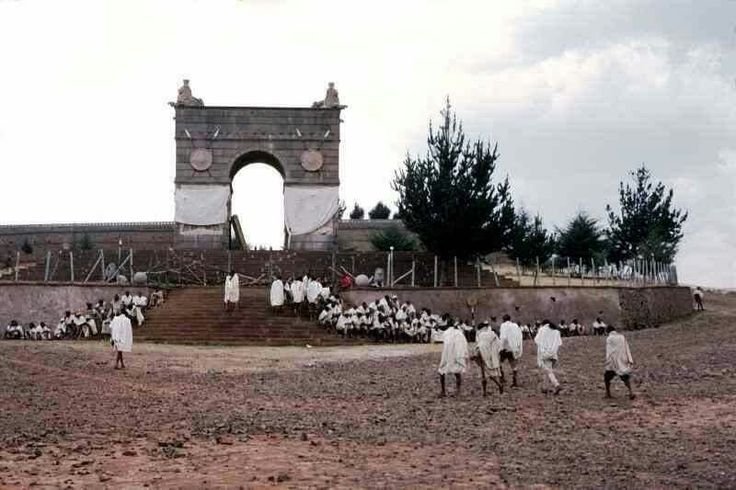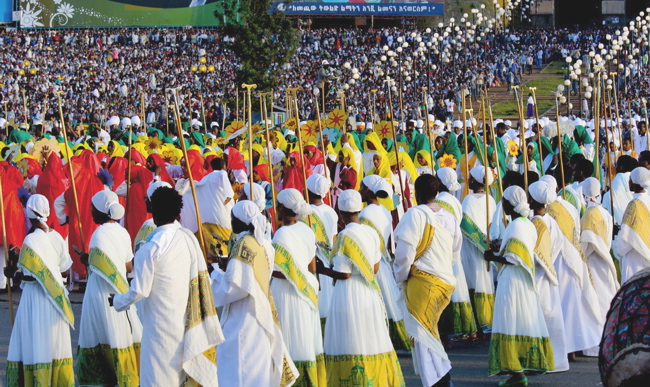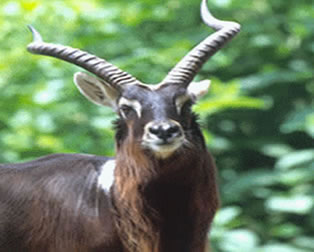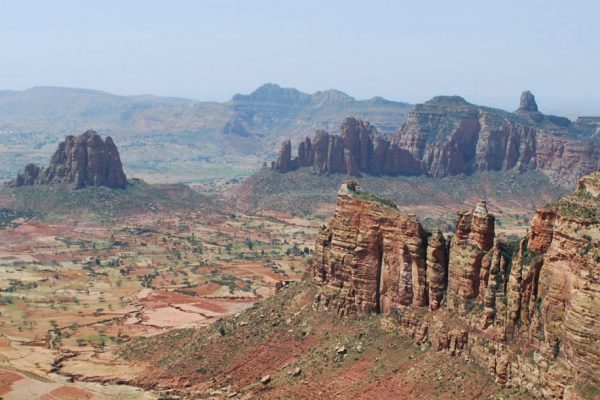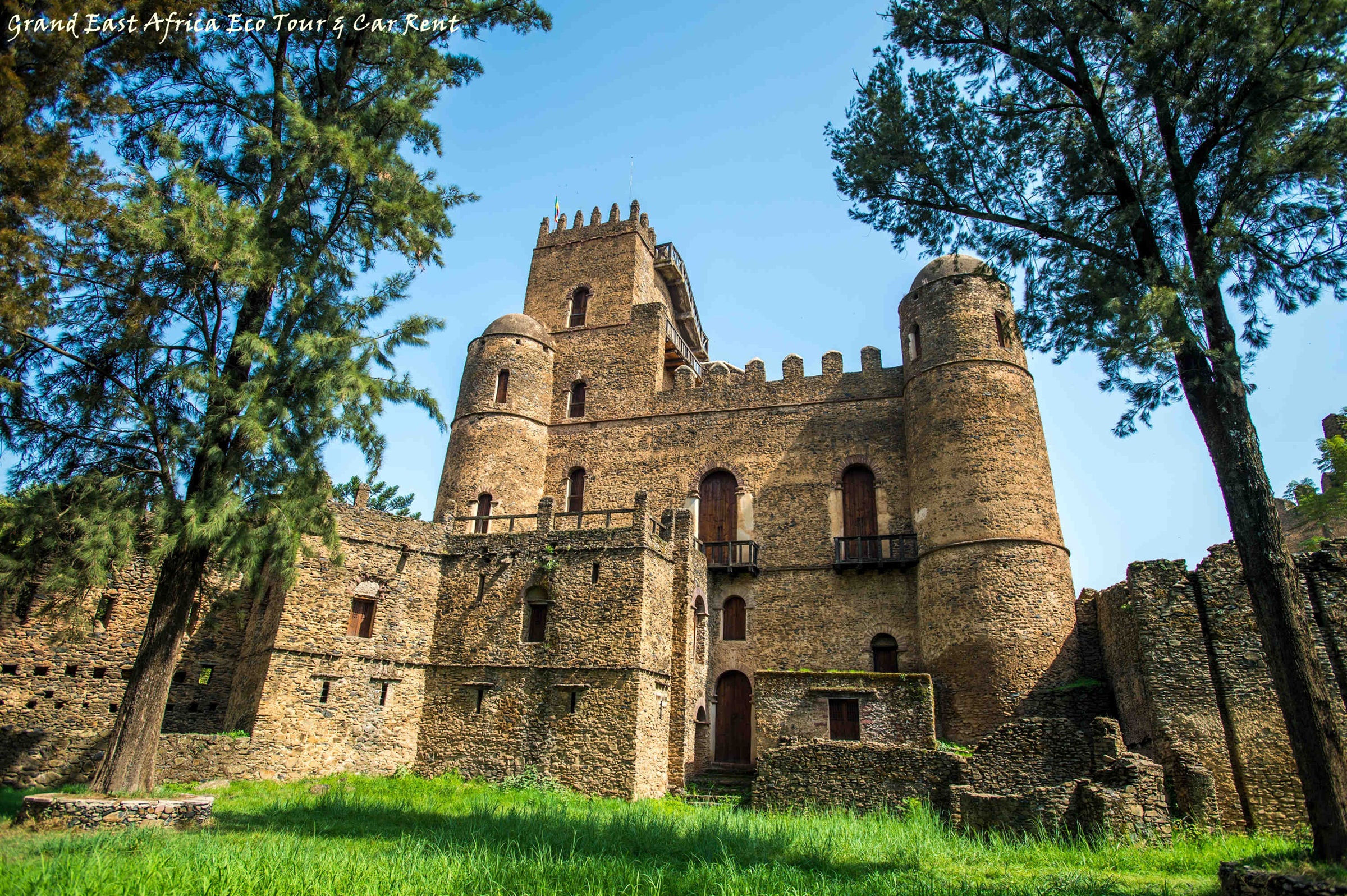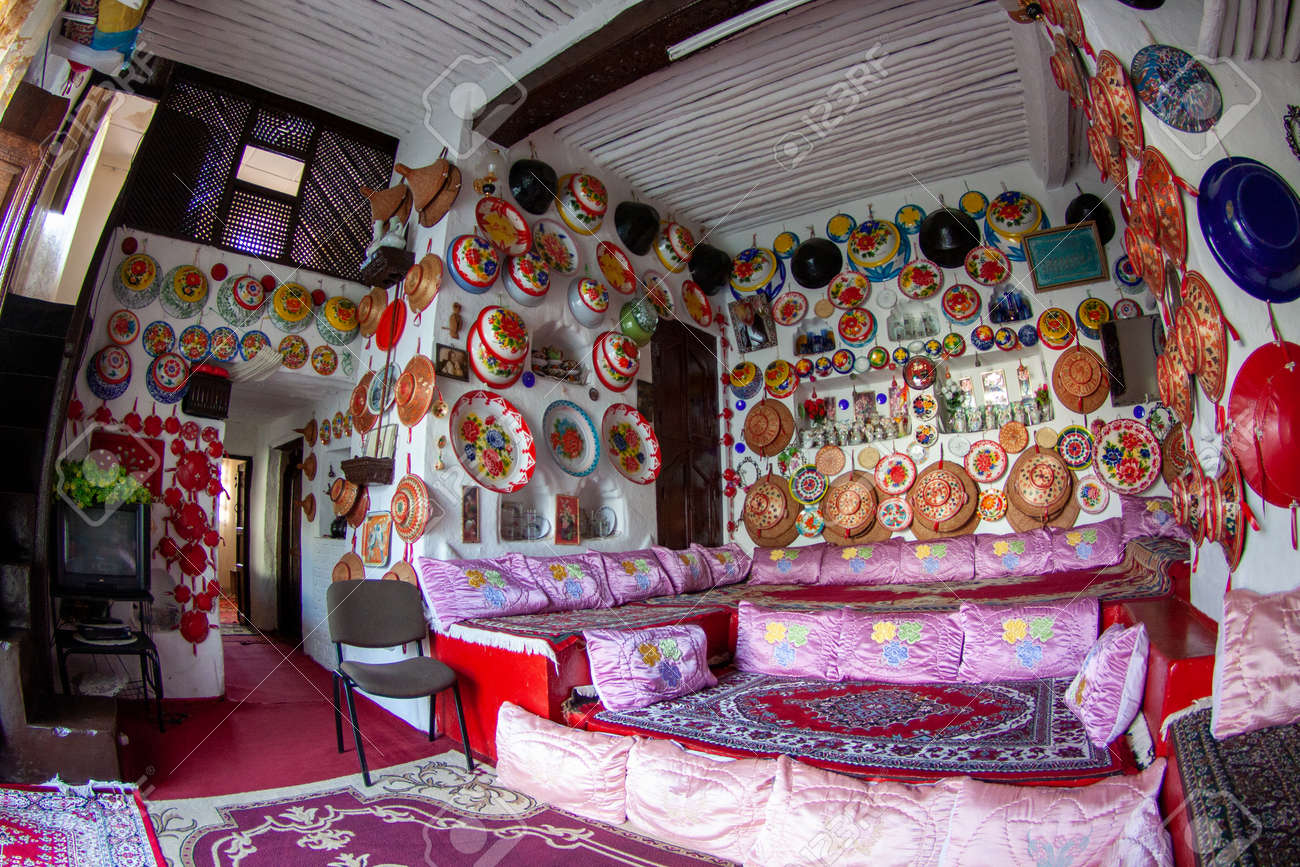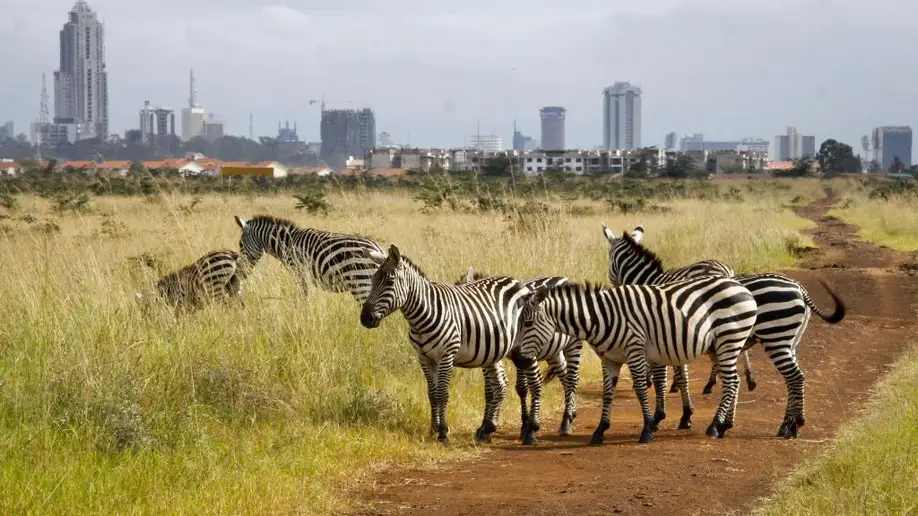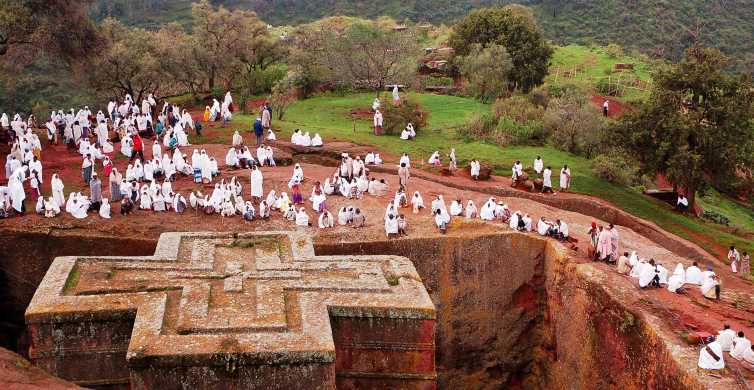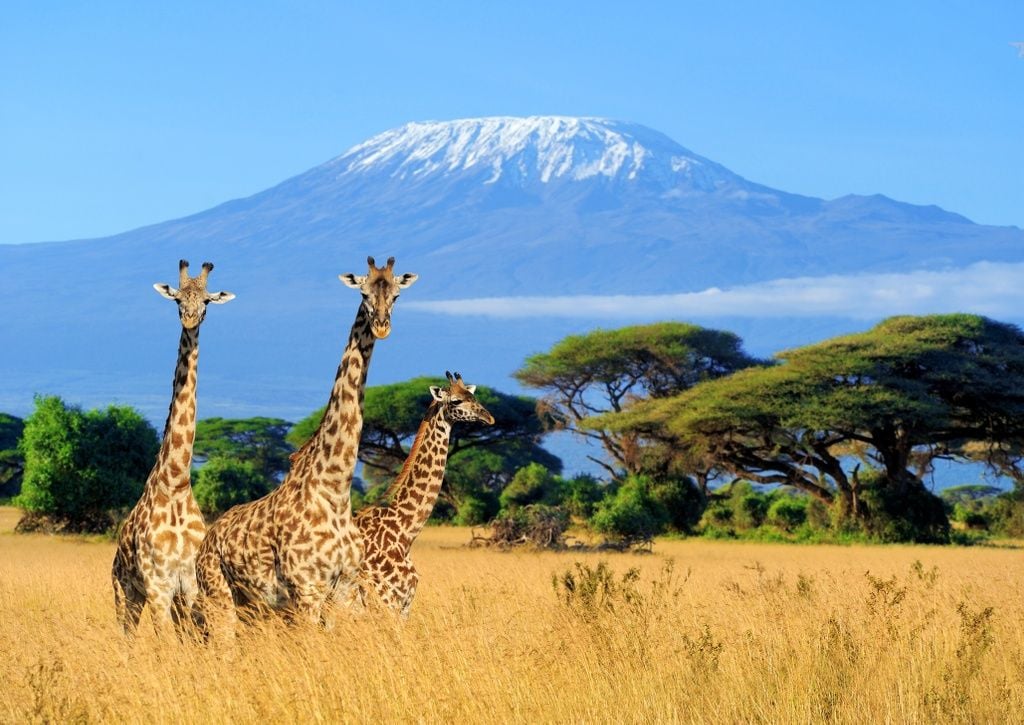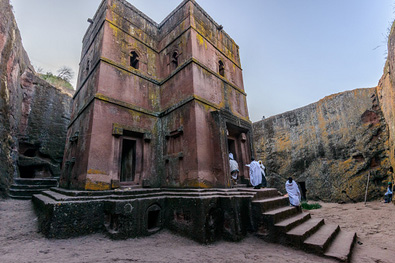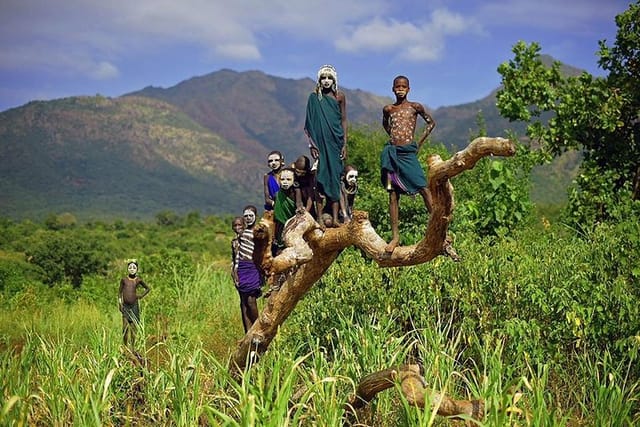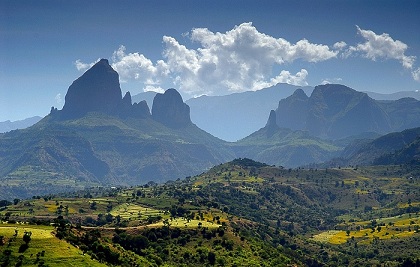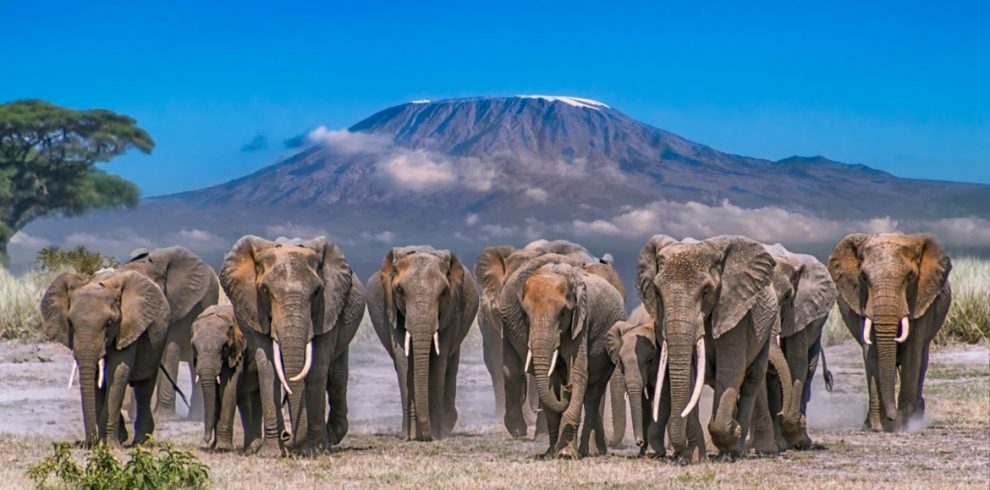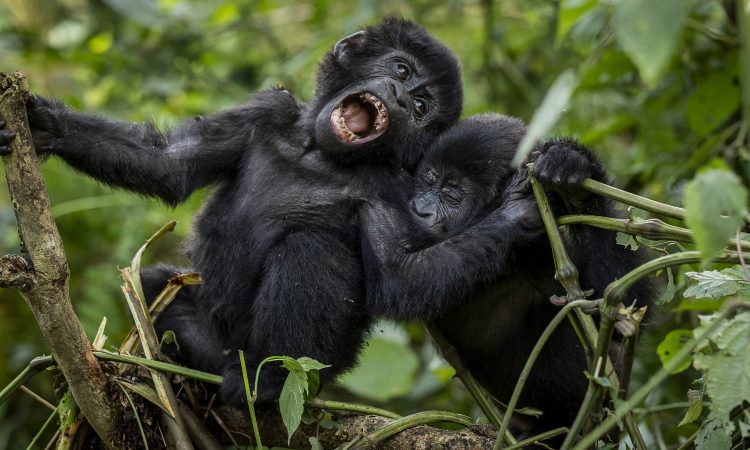Ethiopian Cultural Heritage
Identification: The name “Ethiopia” comes from the Greek “ethio” (burned) and “pia” (face), meaning “land of burned-faced peoples.” Greece’s Aeschylus and Homer described Ethiopia’s inhabitants as pious, though the geographical definition was imprecise.

-
Historical Significance:
Ethiopia maintains its unique historical identity as the only African nation not colonized, despite an Italian occupation from 1936 to 1941. Emperor Menelik II, in the late 19th century, expanded the nation's borders. In 1896, his forces decisively defeated the Italians at the Battle of Adwa, marking a significant victory over a European power.
-
Political Evolution:
The nation's monarchy claims descent from King Solomon and the Queen of Sheba. This imperial lineage, along with the Ethiopian Orthodox Church, fostered nationalism until the monarchy's end in 1974 by the socialist Derge regime. The Ethiopian People's Revolutionary Democratic Front (EPRDF) overthrew this brutal regime in 1991, establishing democratic governance.
-
Modern Challenges:
Despite Ethiopia's historical importance, recent decades have seen political unrest, lowering its international standing. However, the people's tenacity and historical pride remain strong.
Ethiopia in Summary
Ethiopia, the tenth largest country in Africa, spans 439,580 square miles (1,138,512 square kilometers) and is a key part of the Horn of Africa. It is bordered by Eritrea to the north and northeast, Djibouti and Somalia to the east, Kenya to the south, and Sudan to the west and southwest.The highlands, characterized by elevations of 6,000 to 10,000 feet, are encircled by lower desert regions. Ras Deshan is the highest peak, and Addis Ababa, located in the highlands, is the third-highest capital city globally.The Great Rift Valley, an archaeologically significant area featuring the Danakil Depression and the source of the Blue Nile, cuts through this plateau. The highlands enjoy a mild climate despite significant temperature variations between regions.
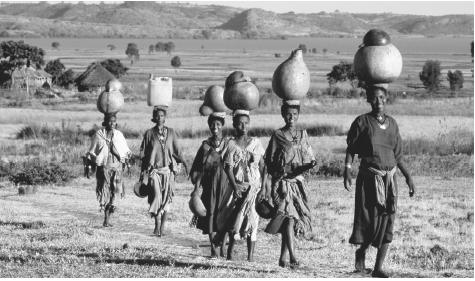
Demography:
In 2000, Ethiopia had a population of approximately 61 million, comprising over eighty ethnic groups. The Oromo, Amhara, and Tigreans formed the majority. The population is predominantly rural, with subsistence farming prevalent in the highlands and nomadic lifestyles common in the lowlands.Linguistic
Affiliation:
Ethiopia boasts 86 indigenous languages, primarily from the Afro-Asiatic family (Semitic, Cushitic, and Omotic). Amharic has been the official language for 150 years due to the Amhara’s political dominance. English is widely spoken in academia, while French and Italian are occasionally heard.
Symbolism:
The Solomonic dynasty and its symbols, such as the lion flag, represented Ethiopia’s monarchy. Today, the national flag features green, gold, and red stripes with a star symbolizing unity. Ethiopia’s colors influenced many African nation-state flags upon gaining independence.History and Ethnic Relations:
Emergence of the Nation:
Ethiopia is home to ancient hominid populations, including the notable “Lucy.” Civilizations with written records existed by 800 B.C.E. The Kingdom of Axum, flourishing by the first century C.E., adopted Christianity in 333 under Emperor ‘Ēzānā, establishing strong cultural and economic ties with Rome. Axum’s decline led to the rise of the Zagwe dynasty and later, the Solomonic dynasty, which claimed descendency from King Solomon and the Queen of Sheba.
National Identity:
The Solomonic dynasty fostered national unity through the epic “Kebra Nagast.” The sense of divine descent from Solomon and historic victories, especially at the Battle of Adwa, contribute to Ethiopia’s national pride.
Ethnic Relations:
Historically, the Amhara dominated, with the Tigreans as secondary partners. This hegemony sparked resistance and separatist movements, particularly among the Eritrean and Oromo populations. Eritrea, after a prolonged struggle, gained independence in 1993, but tensions with Ethiopia continued intermittently.
Urbanism, Architecture, and the Use of Space:
Traditional Ethiopian homes are typically round with wattle-and-daub walls and thatched cone roofs. In urban areas, modern architectural features blend with traditional designs. Cities like Addis Ababa showcase a variety of housing styles from wattle-and-daub neighborhoods to gated concrete buildings. Historic rock-hewn churches in the northern regions, especially in Lalibela, highlight Ethiopia’s architectural heritage
Food and EconomyFood in Daily Life:
Injera, a spongy bread made from teff, is a dietary staple, used to scoop up vegetable and meat stews. Berbere is a common spice, and dietary practices are influenced by both the Ethiopian Orthodox Church and Islam, which impose dietary restrictions.
Food Customs at Ceremonial Occasions:
Special occasions involve elaborate coffee ceremonies and the consumption of meat, with honey wine (tej) for festive events. Christian fasting periods also dictate specific dietary practices.
Basic Economy:
Ethiopia’s economy is agricultural, with 85% of the population engaged in farming. The sector faces challenges such as ecological degradation. Land tenure policies have evolved from monarchic and church control to public land use under the EPRDF.Commercial Activities and Trade:
Agriculture remains key, with grains, coffee, pulses, and oilseeds being primary crops. Coffee is critical for export. Trade infrastructure is limited, affecting the marketing and export potential.
Division of Labor:
Labor is traditionally divided by gender, with men handling external tasks and women responsible for domestic chores. Variations exist in urban areas, where women increasingly participate in external work.Social Stratification:
Social classes range from high-ranking lineages to castes and slaves, reflecting a complex social hierarchy. Wealth, education, and urban residence are key indicators of status.
Political LifeGovernment:
Ethiopia transitioned from a long-standing monarchy to a Derge socialist regime and then to EPRDF governance. It is an ethnic federation with a prime minister as head of state and a figurehead president.
Leadership and Political Officials:
Key figures in recent history include Emperor Haile Selassie and Prime Minister Meles Zenawi. Political power currently resides with the EPRDF and its dominant component, the Tigrean People’s Liberation Front (TPLF).
Social Problems and Control:
Urban Ethiopia faces issues like homelessness and petty theft, while ethnic tensions occasionally influence political dynamics. The Ethiopian National Defense Force (ENDF) oversees national security and peacekeeping.Nongovernmental Organizations and Other Associations
NGOs play a vital role in Ethiopia, particularly in poverty alleviation, disaster relief, and development initiatives. The iddir and debo systems are traditional social welfare mechanisms supporting community members.Gender Roles and Statuses
Division of Labor by Gender:
Women handle domestic responsibilities and assist with farming, while men dominate external work. Urban women balance career and household roles, facing slower career advancement compared to men.Marriage, Family, and KinshipMarriage:
Customs vary by ethnicity, but arranged marriages and dowries are common. Urban lifestyles are increasingly influencing traditional practices.
Domestic Unit:
Extended families are typical, with authority residing with the senior male. Urbanization is altering traditional structures.Inheritance:
Property is generally passed down orally, favoring male heirs for primary assets, while females inherit domestic-related items.SocializationInfant
Care and Child Rearing:
Infant care is a communal responsibility primarily managed by women. Education for children often begins around the age of five, although rural access to schooling remains limited.
Higher Education:
University education is competitive and free in Ethiopia, with students required to pass rigorous exams for admission.Etiquette:
Greetings involve cheek kisses and formalities, with high respect for the elderly. Dining etiquette includes washing hands before meals and initiating eating as a guest.
ReligionReligious Beliefs:
Ethiopian Orthodox Christianity, Islam, and traditional beliefs coexist, with significant religious freedoms. The Ethiopian Orthodox Church is deeply rooted in the nation’s identity.Religious Practitioners:
The Ethiopian Orthodox Church’s hierarchy includes the Patriarch and various clergy categories. Monks and priests play vital roles in religious life.Rituals and Holy Places:
Celebrations and rituals align with religious holidays, with significant sites including the churches of Lalibela.Medicine and Health CareHealth Care:
Communicable diseases and AIDS are major health challenges. Government programs aim to mitigate these through preventive measures and increased health spending, but resources remain limited.Secular Celebrations
Key national holidays include New Year’s Day, Victory Day of Adwa, Patriots Victory Day, Day, and the anniversary of the Derge’s downfall.The Arts and HumanitiesLiterature:
Ge’ez, though extinct, remains the liturgical language, preserving religious texts and traditions. Modern Amharic and Tigrean languages evolved from Ge’ez.Graphic Arts:
Religious art, particularly Christian iconography, is prominent. Contemporary arts also thrive within Addis Ababa institutions.**Performance Arts
